© Copyright 2024 - All Rights Reserved - SK Car Lounge Pvt. Ltd.
Designed & Developed by www.aivah.com
Designed & Developed by www.aivah.com
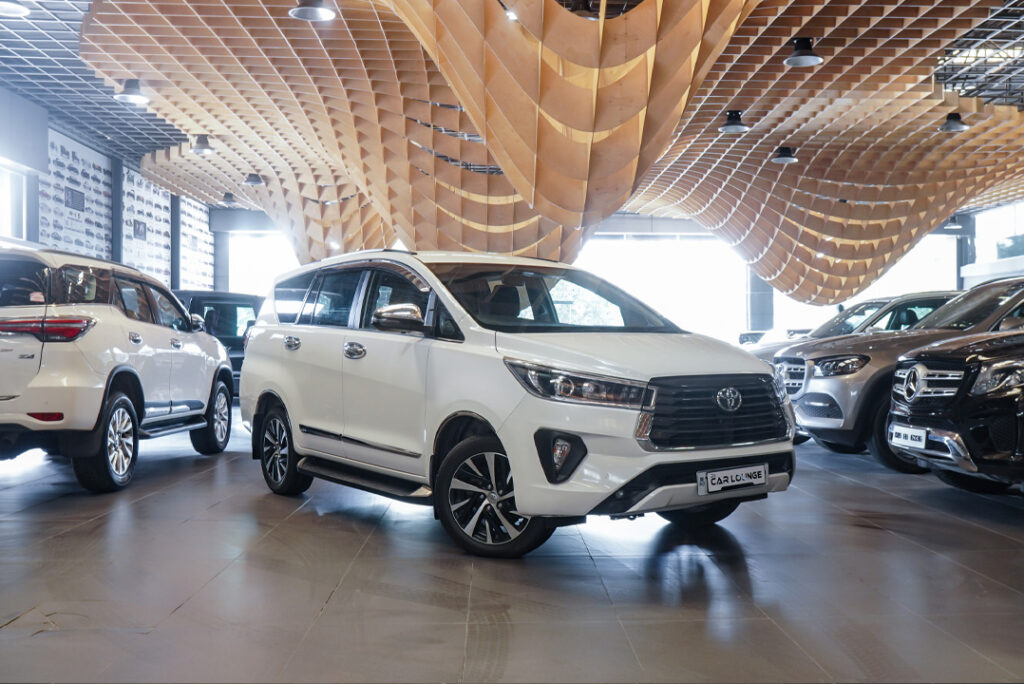
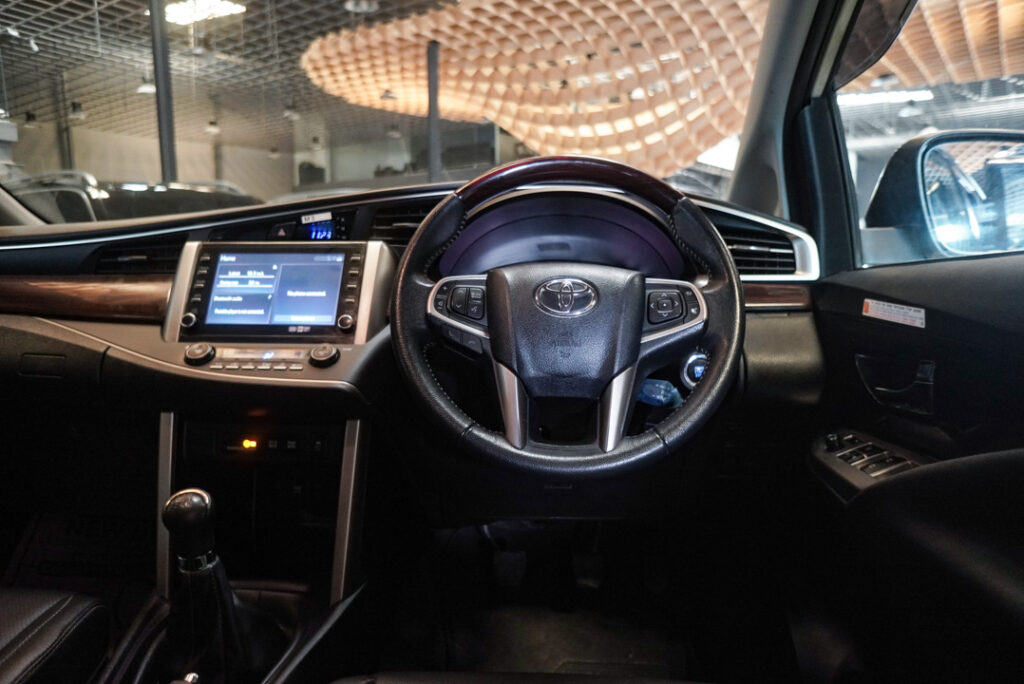
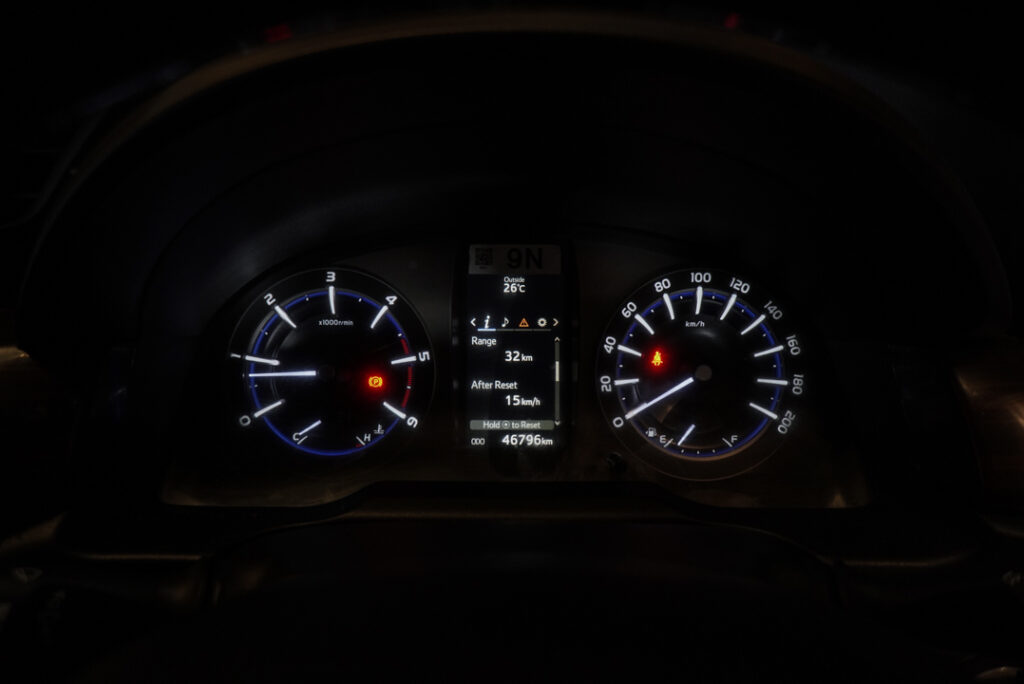
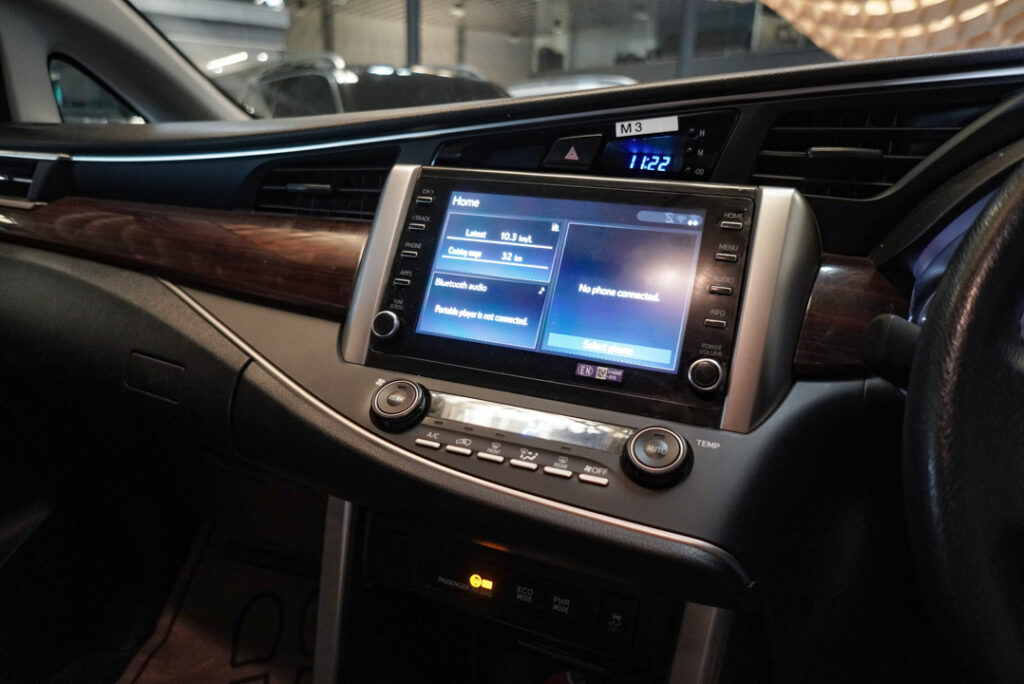
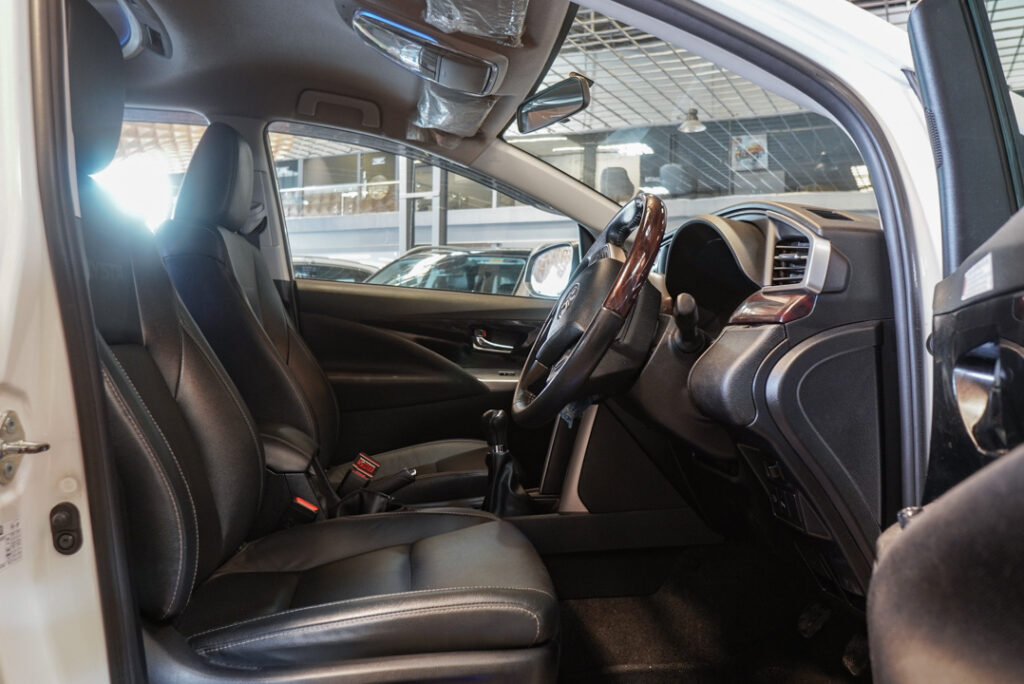
The brand value of the Toyota Innova in India is so high that people just go to Toyota showrooms and buy this MPV without a second glance. Ever since it was first launched in 2005, the Innova has built a strong name for itself by proving its reliability and practicality along with ease of ownership and this was the case with the Qualis too which was very popular in…
The brand value of the Toyota Innova in India is so high that people just go to Toyota showrooms and buy this MPV without a second glance. Ever since it was first launched in 2005, the Innova has built a strong name for itself by proving its reliability and practicality along with ease of ownership and this was the case with the Qualis too which was very popular in India.
The Innova Crysta made its debut in India in 2016 with three engine options – 2.7-litre petrol, 2.4-litre diesel and 2.8-litre diesel but the 2.8 engine is no longer available with the MPV. Instead, Toyota has plonked in the 6-speed AT in the smaller diesel engine and made it BS6 compliant Innova Crysta 2.4z.
Absolutely no changes have been made to the exterior of the Toyota Innova Crysta BS6. It looks the same as the BS4 version and the automaker is still offering the Touring Sport variants too. The Innova Crysta looks stylish and modern, has decent road presence, and there’s not much that can go wrong with its styling. The higher variants get 17-inch wheels while the lower trims get 16-inch rubber.
Again, zero changes on the inside apart from the additional DPF switch (more on this later) and a sticker explaining how the DPF works. The cabin has an ergonomic layout and the equipment list is decent. You get a touchscreen infotainment system delivering good sound quality but the screen itself is very laggy and not too user-friendly. It also lacks Apple CarPlay and Android Auto, something that’s offered as standard on cheaper cars.
The MPV gets 7 airbags, ABS with EBD, traction control that can be turned off, reverse parking camera, keyless go with push-button start, automatic climate control and electric ORVMs. However, it does miss out on a few niceties like a sunroof and ventilated seats. The Innova is available with 7-seater and 8-seater configurations but the top variants get only the former. There are two interior colour themes on offer though. Apart from that, it is the usual fare. The comfy seats and spacious cabin are a hit with customers.
The Innova Crysta 2.4z diesel engine was available earlier too but we couldn’t really test it properly. It makes 150 PS at 3400 RPM and 360 Nm at 1400-2600 RPM. Do note that this torque output is only for the AT because the MT delivers 343 Nm. The older 2.8 diesel engine used to churn out 172 PS and 360 Nm so while the smaller engine is down on power, it does match the peak torque.
I expected this to feel significantly underpowered but thankfully that wasn’t the case and the performance felt quite good. Once you get past the initial lag, the engine puts down the power and torque smoothly and the Crysta makes for a great mile-muncher.
With the BS6 update, the acceleration has become slower marginally. No doubt, the 2.8 engine offered more punch but this one isn’t disappointing at all.You get ECO and PWR modes and most people will find themselves using the former majorly. Eco mode doesn’t feel too laggy and has decent driveability on tap, while offering slightly better fuel economy while the Power mode does make the engine feel a lot livelier and more responsive. In fact, the mid-range feels a bit enthusiastic too with this mode and overtaking other vehicles becomes easy Innova Crysta 2.4z.
The 6-speed torque converter does its job very well, even though it isn’t the quickest gearbox around. You don’t get paddle-shifters but you do get an S mode and a manual mode.The Innova Crysta 2.4z is also a bit more fuel-efficient than the 2.8 which usually delivered 9-10 km/l in city driving while this one takes the number up to 12-13 km/l. The DPF needs to be cleaned once every few thousand kms and this depends on your driving style. The filter gets clogged if the car is regularly driven at low RPMs and there’s a warning which flashes on the MID which asks you to press the DPF switch when the car is at a standstill.